The dreaded blue screen! One view of the blue screen error displayed by Windows can be enough to ruin your day. They usually occur when there has been a system instability, and Windows has to restart immediately in order to fix that instability. But many a time, Windows is unable to fix the error on its own. And learning about the error yourself may turn out to be a hair-tearing process, as blue screens don’t clearly explain the error – they just give error codes! So to help you get your computer up and running again, we present the solutions to fix that blue screen error which has been bugging you.
Find out the error code of the blue screen
Every blue screen has an error code, which helps to identify the exact issue which is causing the crash. The error code can be in the form of stop codes, but they can often be very generic.

The most common stop error codes are the following:
- CRITICAL_PROCESS_DIED
- SYSTEM_THREAD_EXCEPTION_NOT_HANDLED
- IRQL_NOT_LESS_OR_EQUAL
- VIDEO_TDR_TIMEOUT_DETECTED
- PAGE_FAULT_IN_NONPAGED_AREA
- SYSTEM_SERVICE_EXCEPTION
- DPC_WATCHDOG_VIOLATION
Perform an SFC scan
The System File Checker (SFC) is a command-line tool in Windows which checks for any damages and errors in Windows system files and then tries to fix them. Often an SFC scan can help you get rid of blue screen errors.
Right click on the ‘Start’ button and click on ‘Command Prompt (Admin)’.
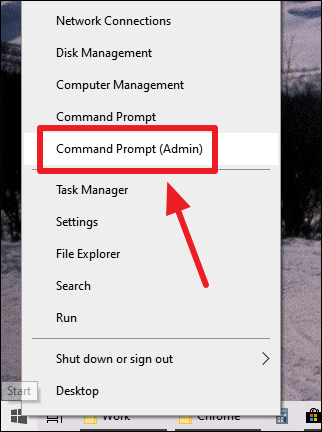
In the open command prompt window, type ‘sfc /scannow’ (without quotes) and press Enter.
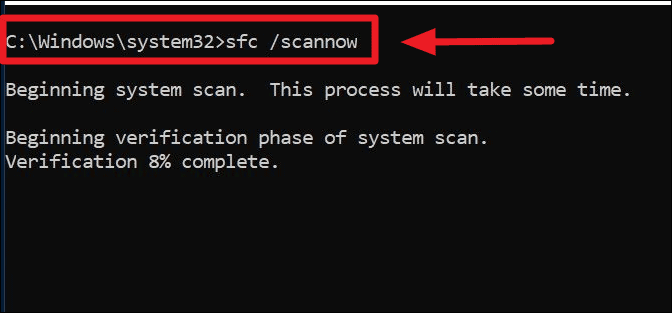
Windows will scan and fix the any erroneous files in your system.
Uninstall any programs installed just before the BSOD
Usually, faulty software installations can result in blue screen errors. So analyze the last program(s) which you had installed, and then uninstall them to see whether this alleviates the issue.
Right click on the Start button and click on ‘Settings’.

Select ‘Apps’ from main screen of Windows 10 settings.

On the ‘Apps & features’ screen, sort the apps by ‘Install date’ so that you know which apps were recently installed or updated on your system.

To uninstall an app, click on it once and then select the ‘Uninstall’ button from the expanded menu.
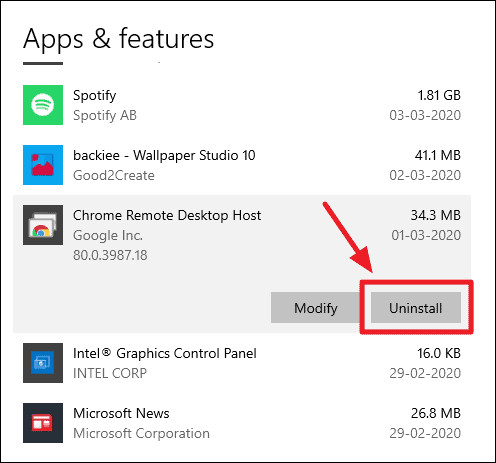
If you see a confirmation pop-up, click on ‘Uninstall’ again, and follow the on-screen instructions of the program to successfully uninstall it.
Uninstall the most recent Windows Update
Sometimes a faulty Windows update can cause blue screen errors. Although it may seem strange, the updates which are released to fix issues may sometimes create issues themselves! So it is prudent to uninstall the most recent update. If it is indeed causing the issue, but rest assured that Microsoft will release a fixed update in a short period.
Right click on the ‘Start’ button and click on ‘Settings’.

Then select ‘Update & Security’ from the main screen of Windows 10 settings.
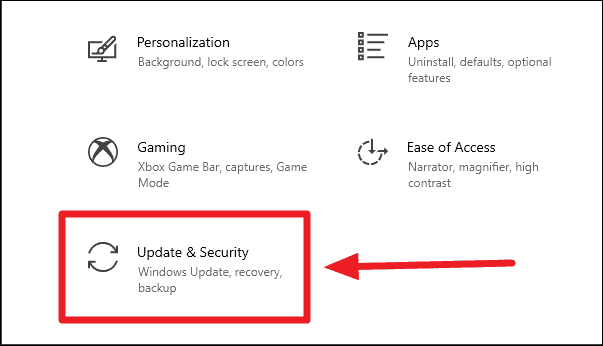
On the next screen, click on the ‘View update history’ option.
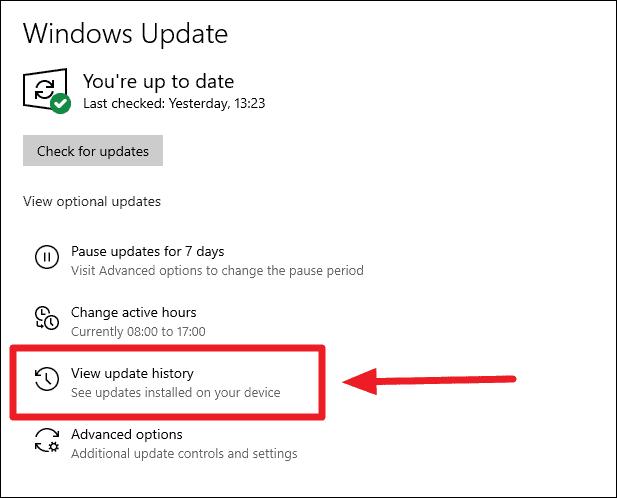
Then click the ‘Uninstall updates’ link/option at the top of the screen.

This will open the ‘Installed updates’ window inside the good ‘ol ‘Control Panel’ interface. Choose the most recent update on the system and click the ‘Uninstall’ button at the top of the updates list.
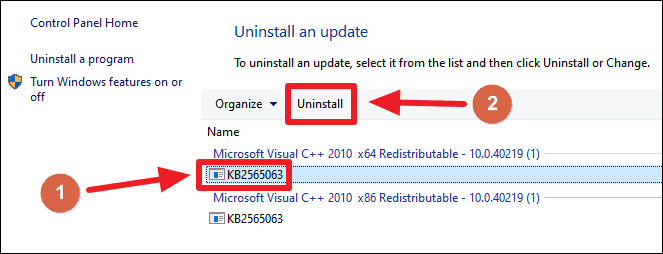
Check for driver issues
Windows recognizes and operates hardware through software known as drivers. Each hardware has a separate driver. These drivers must always be in a perfectly error-free state for the hardware, and subsequently, the operating system, to run smoothly. If there is any issue with the driver, the hardware might malfunction and cause the system to crash, leading to blue screen errors. So, it becomes absolutely necessary to check whether all the drivers are functioning properly or not.
To check for driver issues, right-click on the ‘Start’ button or press Win + X and select ‘Device Manager’ from the menu.
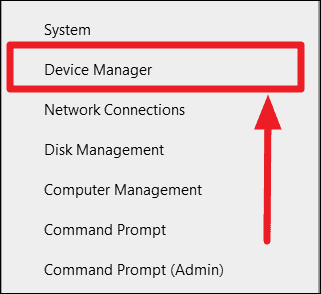
On the Device Manager window, check whether any of the devices have a yellow warning sign attached to them. The sign means that the driver is not functioning properly. Although not all warning sign leads to malfunctions, there are times when an erroneous driver does lead to crashes. So, it is better to go through the following steps for all the drivers which are showing this sign.
Right-click on the device which has a yellow warning sign, and select ‘Properties’ from the context menu.
On the device property screen, it will show you the exact cause of the error and also the error code associated with it.
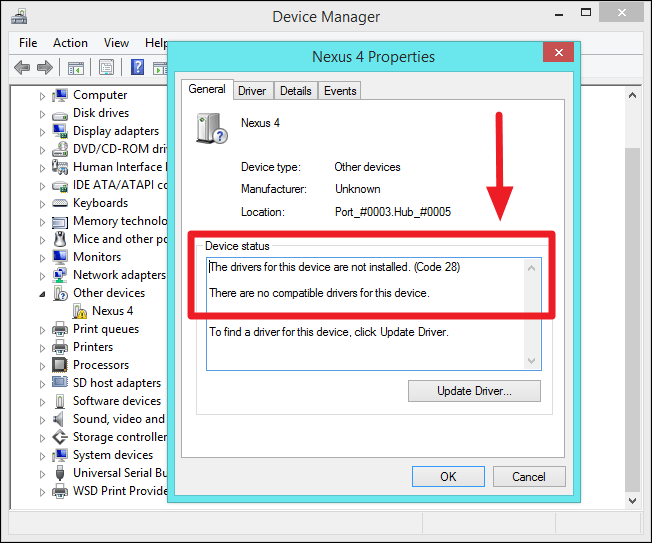
In this window itself, click on the button ‘Update Driver…’ button.
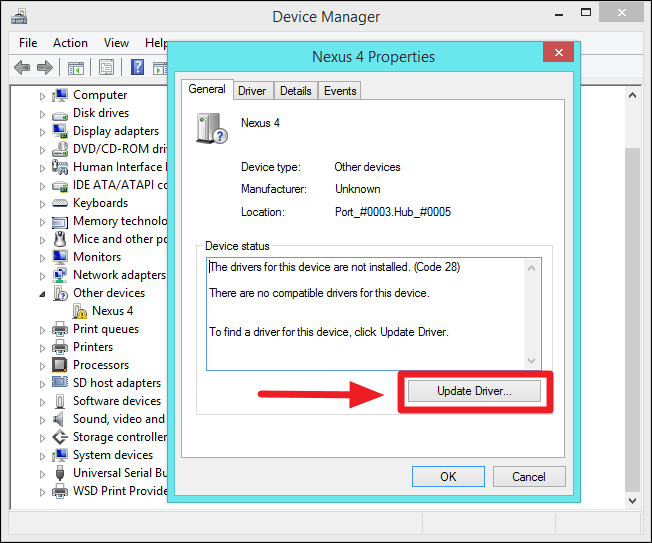
Then select ‘Search automatically for updated driver software’. This option will make Windows search for the latest compatible version of the driver online.

If no drivers are found automatically, you can also download the device drivers from the manufacturer’s website. If you don’t know the exact hardware for which you have to download the drivers, you can find it out easily.
From the driver properties window, go the to the ‘Details’ tab.
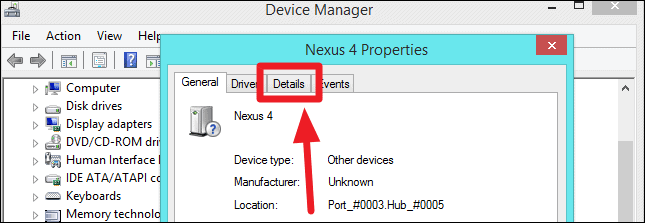
Click on the ‘Property’ drop down box, and select ‘Hardware IDs’ from the list.
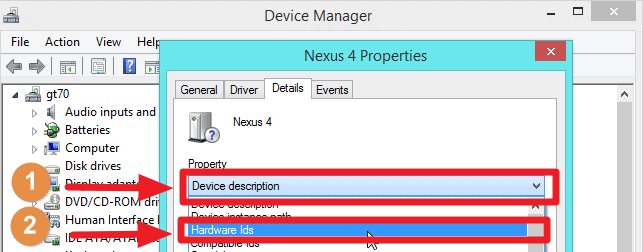
A window will open which will show a long list of random characters. But actually these are not random at all. They are the unique ids of the device. Copy or note down the top most ID.

Now head on to your preferred search engine and perform a web search on that hardware ID. The search results will show you the make and manufacturer of the device.

Using the information, download the relevant drivers of the device. After downloading, head back to the driver properties window and again click on the ‘Update Driver…’ button.
This time, select the second option ‘Browse my computer for driver software’.

Locate the folder where the downloaded drivers are stored, and then click the ‘Next’ button.
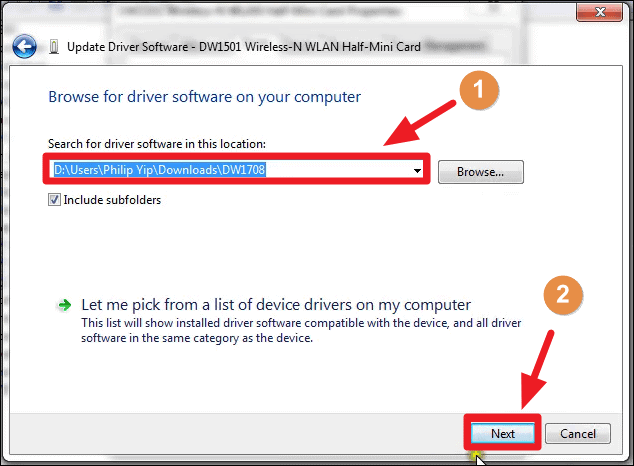
There may be chances that Windows does not find compatible software in the drivers you have downloaded. Or just that even after trying your best, you have been unable to find device drivers using the above steps.
If that is so, click the ‘Let me pick from a list of device drivers on my computer’.

If a compatible hardware driver is present, you can choose it and click on the ‘Next’ button to install the driver. Otherwise uncheck the ‘Show compatible hardware’ checkbox.

Now Windows will show a list of all the devices of which it has driver software already present in the system. Choose the appropriate manufacturer from the left column and the proper device from the right column. Then click on ‘Next’.

Windows will display a warning message box. It usually gives this warning in order to prevent users from installing the wrong drivers. Click ‘Yes’.
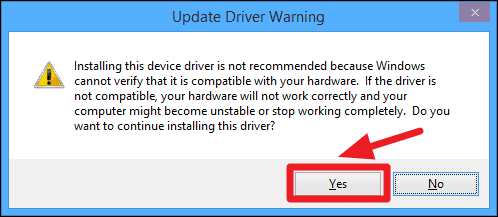
Let Windows install drivers. A confirmation dialog will appear when the installation is over. Until the time you do not see this dialog box, the driver has not been installed.

After the installation, whether automatically or manually, you can even check out the version and date of the driver.
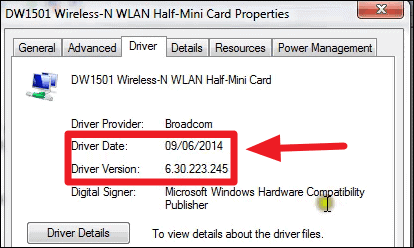
You will also notice that the yellow error sign has gone away after updating the driver.
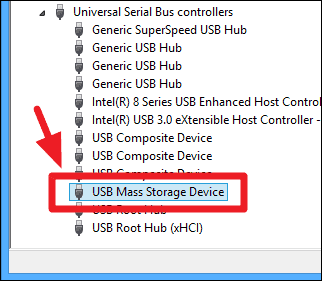
In all likelihood, solving these driver issues may make the blue screen error go away.
Restore Windows 10 to the Pre-BSOD state
System restore is a convenient tool when something goes wrong in Windows. It takes back the operating system to a pre-set point before the blue screen where it was running fine. This step requires a system restore to have already been enabled in the operating system so that new restore points can be created.
Press Win + Q, type ‘restore’ in the search box, and press Enter to launch the ‘Create a restore point’ feature on your PC.
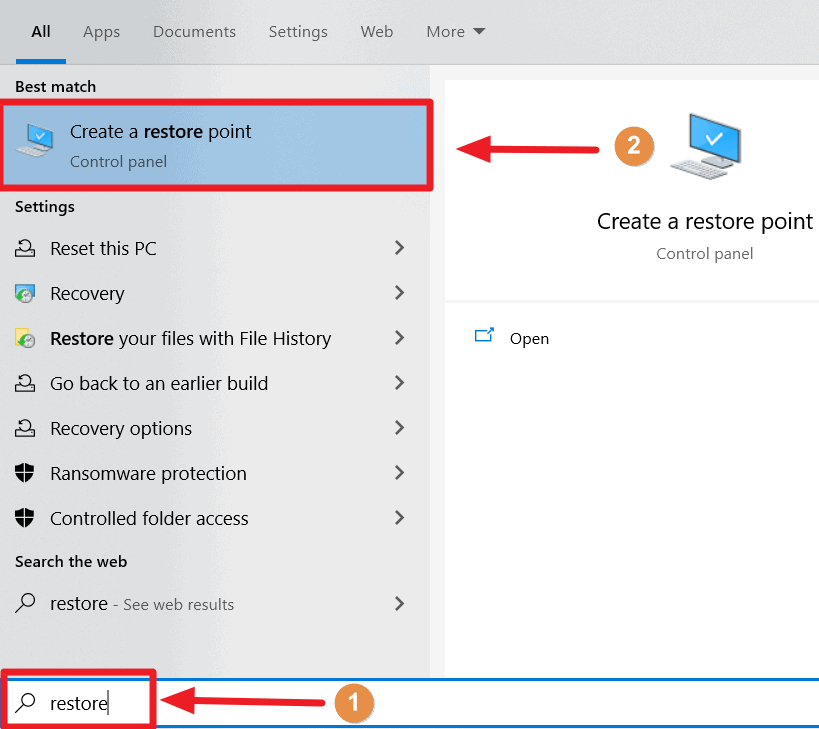
From the window that opens, go to the ‘System Protection’ tab, and click on the ‘System Restore’ button.
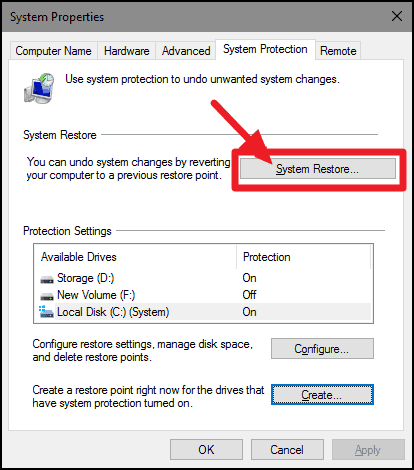
Click ‘Next’ on the System Restore window that opens.
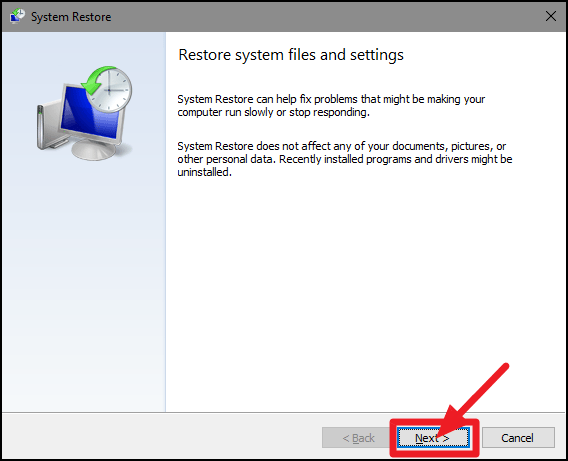
Then select a Restore point on the next screen. Windows creates automatic restore points when you make changes to your system. If you didn’t create a restore point manually in the past, use the most recent ‘Automatic Restore Point’ created by Windows, and click the ‘Next’ button.
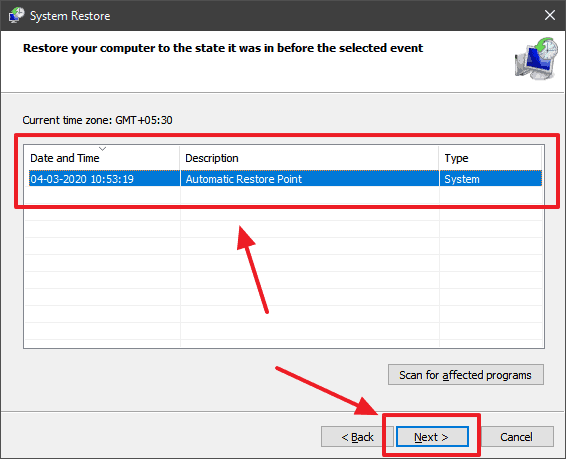
Finally, confirm your restore point by clicking the ‘Finish’ button.

Reinstall Windows 10
If even after following all the steps, the blue screen error is not going away on your PC, then maybe it’s time to reinstall Windows 10. Don’t worry, it is not as tough as it sounds! But before you start, remember to back up your browser bookmarks if you don’t have them synced with your Microsoft or Google account in either Microsoft Edge or Chrome, as they will be removed in the reset process along with the browser.
Right click on the ‘Start’ button and select ‘Settings’.

Select ‘Update and Security’ from the main Windows 10 Settings screen.

From the menu items on the left panel, select the ‘Recovery’ option.

Under the heading ‘Reset this PC’, click the ‘Get started’ button.

Sometimes the reset function might not start inside the operating system. But don’t worry. There is a fix for that too. Just below the ‘Reset this PC’ section lies the ‘Advanced startup’ section. Click on the button ‘Restart now’ in that section.

This will make Windows restart into the Windows Recovery Environment (WinRE) Mode. Click on ‘Troubleshoot’.
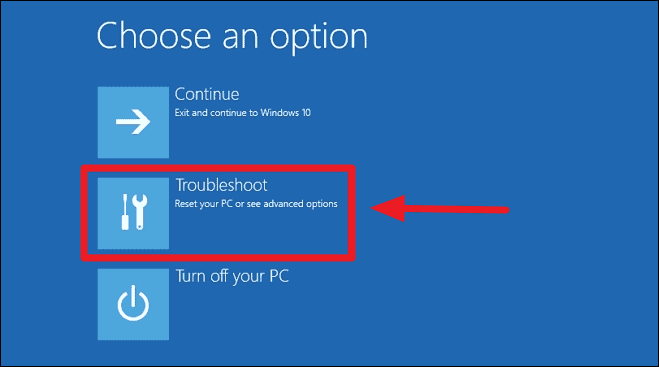
In the next window, click on ‘Reset this PC’.

The reset system window will open up. Since you are resetting the PC out of necessity in order to remove the blue screen error, it would be prudent to click on ‘Keep my files’.

In the next step, Windows will show you a list of all the installed apps that will be removed from the PC. Apps are not seen as personal files by the operating system, hence they won’t be retained upon resetting the PC. That is what we want, since any of the apps could have been malfunctioning, causing the blue screen issue.
Acknowledge the list and move on to the next step by clicking on ‘Next’.

If you had upgraded the PC from a previous version of Windows to Windows 10, you will get a warning stating that you won’t be able to go back to the previous version of Windows. Since that is not the main concern for us here, click ‘Next’.

Now Windows will show you a final list of all the things which will happen due to the reset process. Click on ‘Reset’ to start the process.

Windows will take some time to complete the resetting process. After the completion, you will get a window which prompts you to continue to your fresh Windows 10 operating system. Click on ‘Continue’.

This should fix any or all software related issues which may have been causing the blue screen error on your system.
Check faulty hardware
Usually, the above steps are enough to solve any OS or software related issues. However, sometimes the problem does not lie with the software, but with the hardware instead. Various kinds of hardware errors and malfunctions can result in the computer freezing or crashing, or eventually not even starting up at all. In these cases, the blue screen error is usually a way of protecting the hardware from damaging itself by running in its malfunctioning state.
Stress test the CPU and RAM for potential errors
If the computer is still getting the blue screen error after booting up, and you think that the CPU or the RAM might be the issue, you can use throttling tools to stress test the CPU and the RAM to ascertain whether there is any issue with the components or not. These tests can take up some time, and makes the computer nearly unresponsive during the time it runs, so you have to stop using the computer for the entire duration of the stress test.

The most reliable stress test tool for CPU is a software named Prime95. It runs an intensive test on the CPU, which runs for around 5 to 6 hours and provides accurate results on the state of the CPU. It also runs blended tests, which test both the CPU and the RAM together. However, it will only check the reliability of an overclocked RAM, and not scan it for potential errors.

The best tool to stress test the RAM is MemTest64+. It will run its tests on both normal and overclocked RAM, and provide the appropriate reports about the stability and the error state of the RAM. If this tool does not find any issue with your RAM, you can rest assured that the problem lies elsewhere.
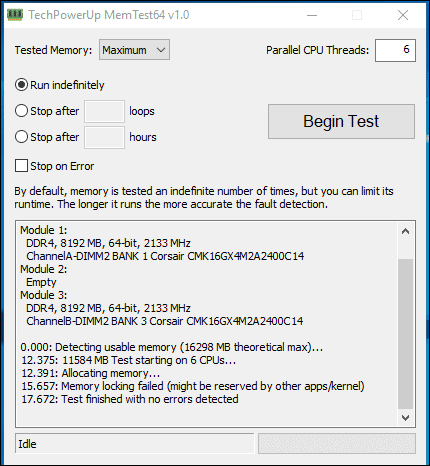
Check the RAM physically
The RAM is usually a very reliable component of a computer. Since it does not have any moving parts like a hard disk and also does not get heated like the CPU, it generally has a very long-running life. Thus, the chances of it malfunctioning are pretty low. Also, if the RAM somehow malfunctions, the computer itself won’t start in most cases. The usual problem with RAM is that sometimes static electricity is built up in the RAM stick, and that can cause the computer to display blue screen errors and then stop booting altogether.
In order to solve that issue, take out the RAM stick(s) from the computer. Use an ordinary eraser and rub it on the part of the stick which comes into contact with the RAM slot. Rub both sides with the eraser. Then remove all the dust from the RAM stick using a dry cloth. Reinsert the RAM. This should solve the issue.
Check the peripheral or accessory cards
If the blue screen errors still do not subside, it would be prudent to remove any non-essential peripherals like printers and scanners. Check whether the RAM, the graphics card, or network card are functioning properly or not.
Nowadays, computers usually don’t have discrete network cards or sound cards, as they are integrated into the motherboard itself. But if you do indeed have a discrete network or sound card, remove them as they are not necessary to run the computer. Then see if the problem is solved. If it is so, check which of the cards is faulty by plugging it in one by one and booting the computer.
If you have both integrated graphics and a discreet graphics card, it would be advisable to shift your monitor’s display connection to the integrated graphics port. Normally an integrated port can be recognized by the fact that it lies much above the graphics card port when the cabinet is standing vertically. Then take out the graphics card and turn on the computer again to see if the blue screen error has been resolved.
Clean the internals of your PC cabinet
Computers, after running for a prolonged period of time, accumulate a lot of dust on the inside. This happens because of the multiple fans running during a computer’s operation. There are CPU fans running along with the fans attached to the cabinet. This dust can clog up the CPU’s fan, resulting in the fan running at a slower speed, or not being able to provide the proper ventilation to the CPU. The RAM might also malfunction due to even tiny amounts of dust entering its slot. Thus, the insides of the computer should be thoroughly cleaned. The cleaning should preferably be done by a blower, which can help blow out all the dust from the nooks and crannies of the computer’s insides. If a blower is not present, even cleaning it gently with a dry cloth or brush ought to do the trick.
Blue screen errors can be infuriating. But hopefully, this guide must have helped you get rid of that blue screen of death.






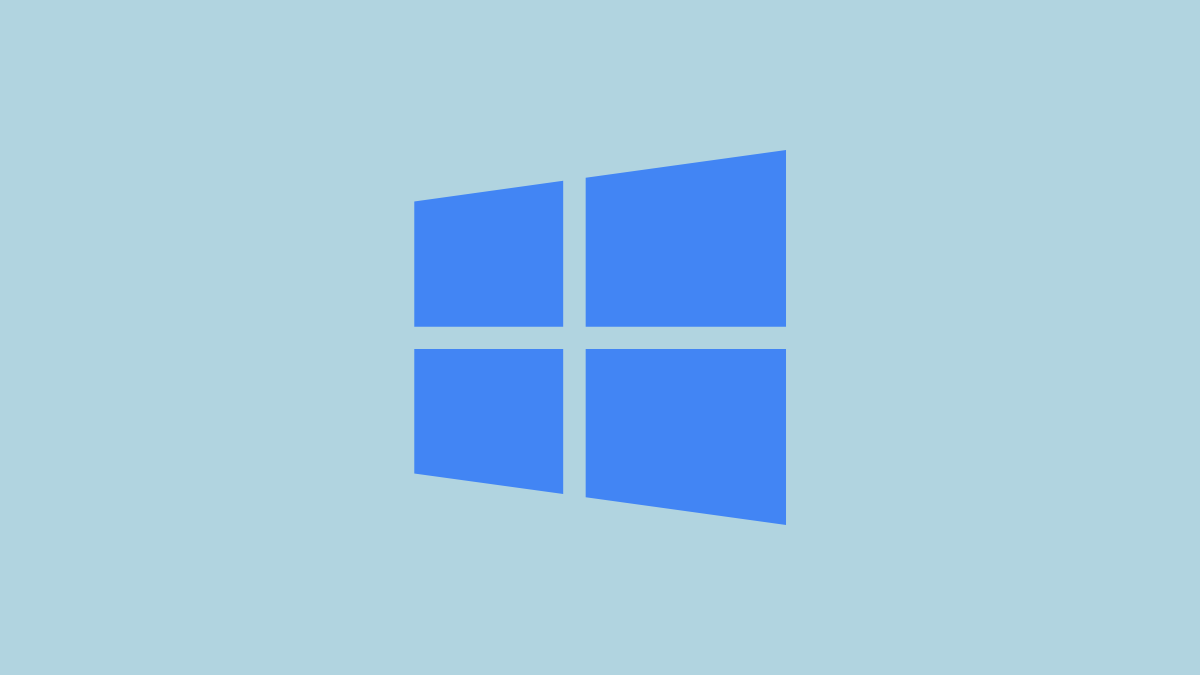


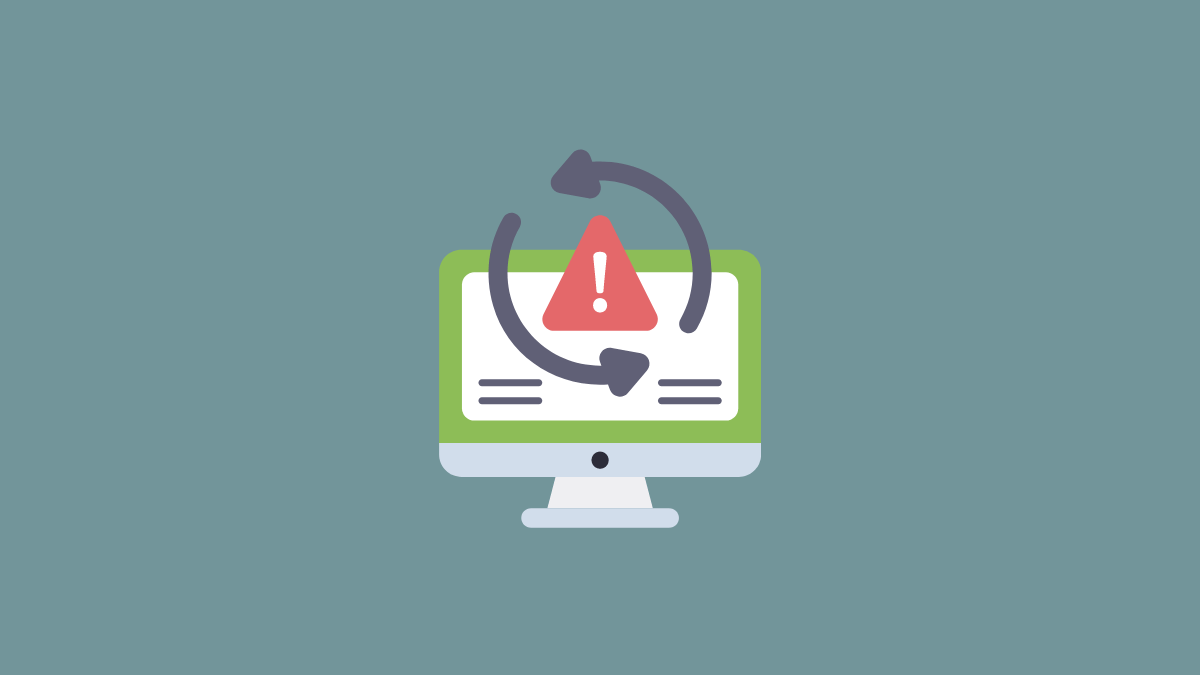
Member discussion